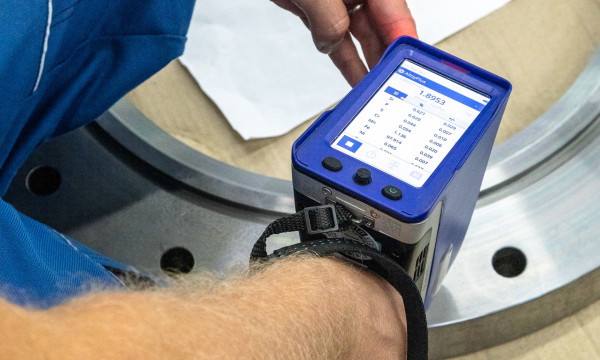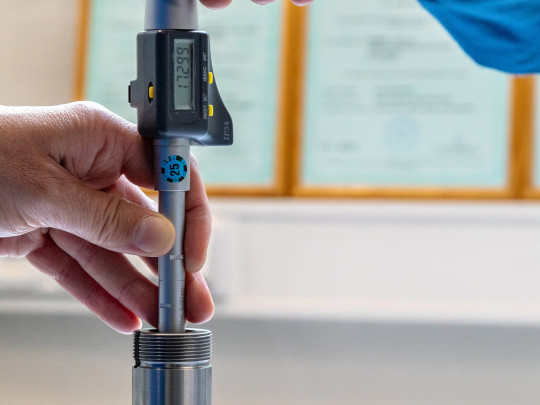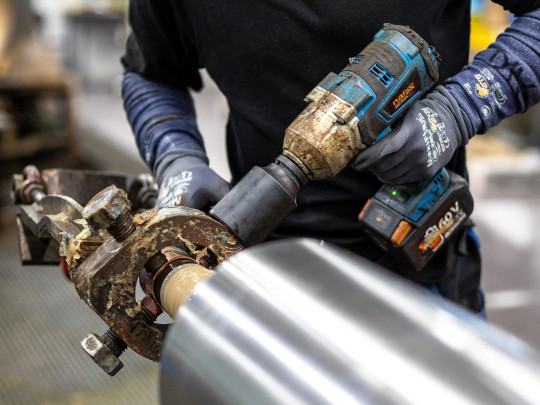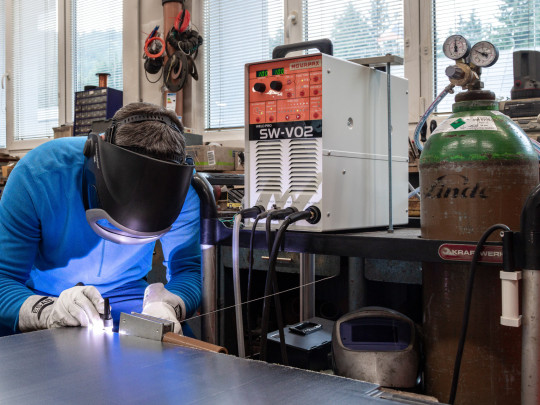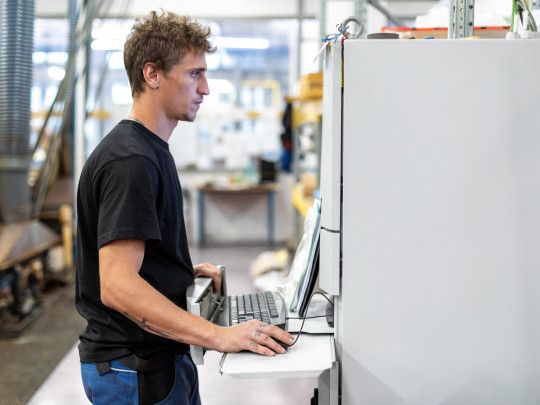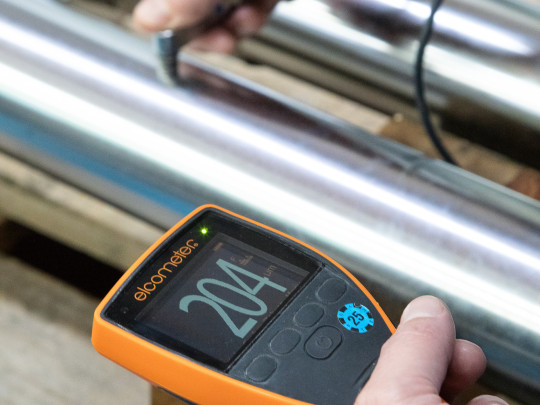Hard Chrome Plating
Hard chrome plating, also known as functional chrome plating or hard chrome, is an electrochemical process used to deposit a layer of chrome onto a base material. It is employed in applications where high hardness, abrasion resistance, and improved corrosion resistance are primarily required. One of the advantages of hard chrome plating is the ability to apply thick layers, making it often used for the refurbishment of worn parts.
The technology used in hard chrome plating is a modern process that includes a sulfate and organic catalyst without fluoride content. Chrome coatings produced by this process have a micro-cracked structure and exhibit higher corrosion resistance, hardness, and abrasion resistance compared to conventional processes.
